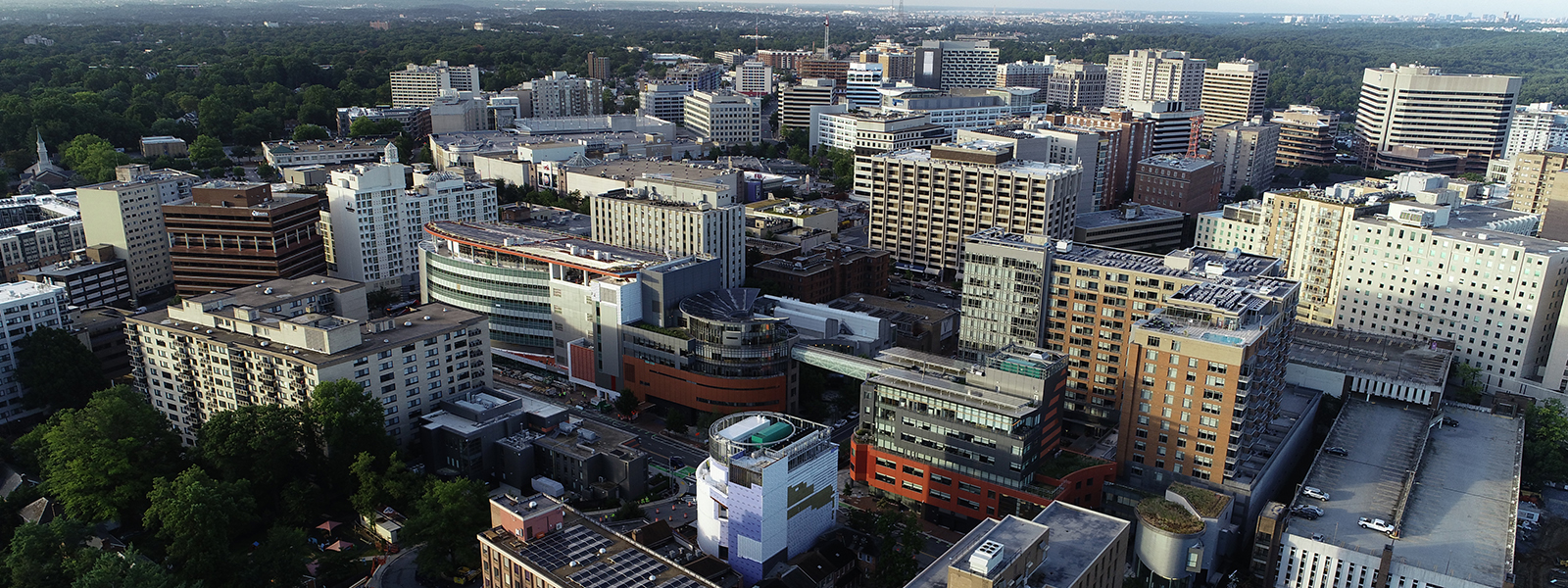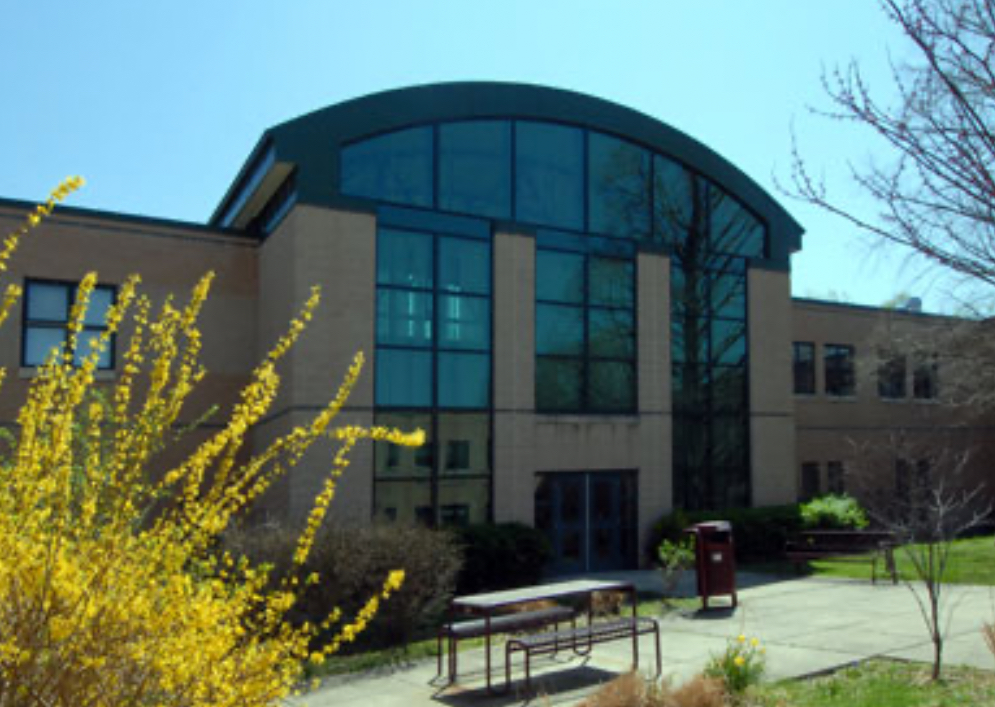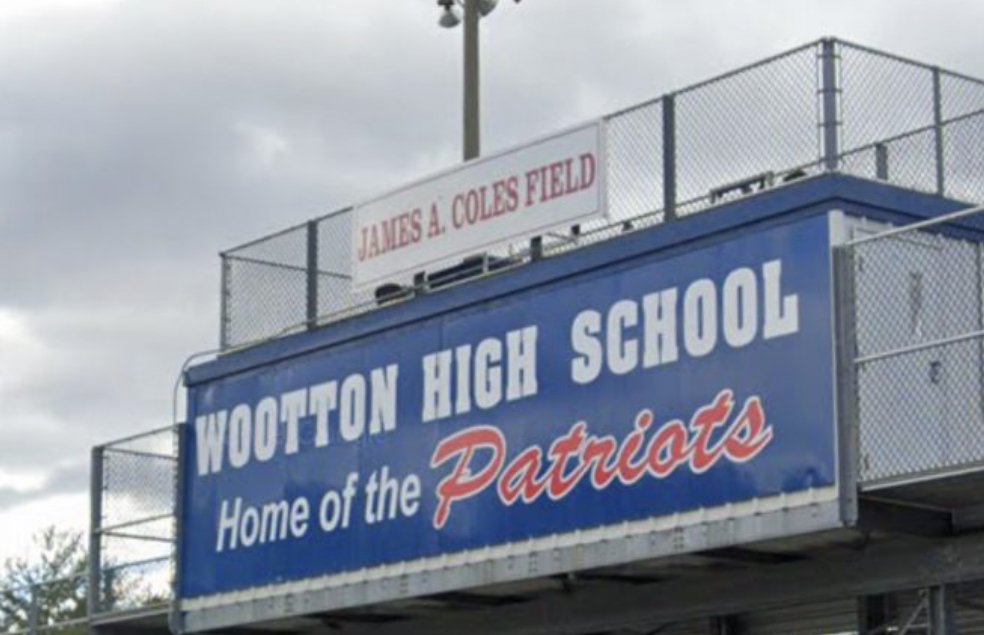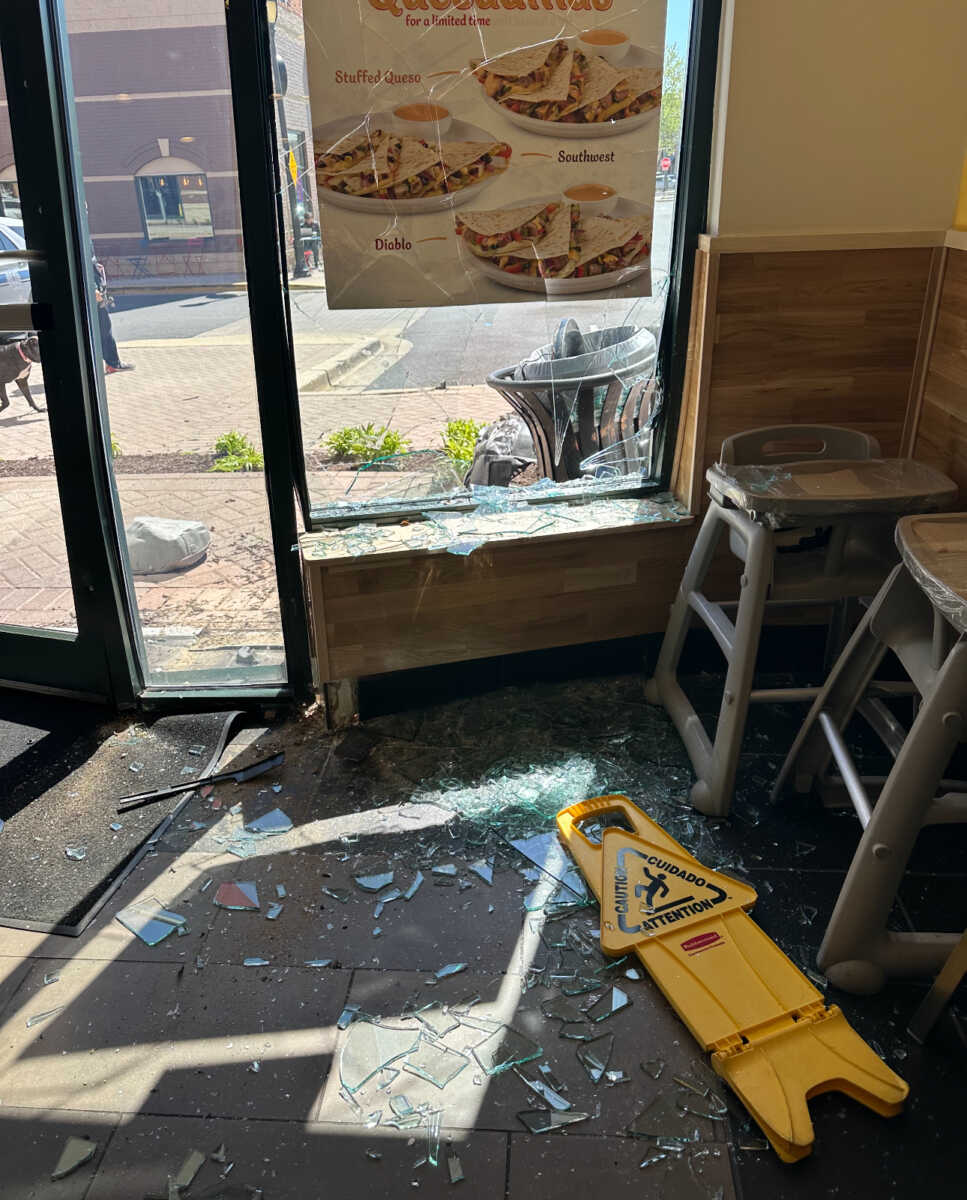
Montgomery Planning provided a brief history of Downtown Silver Spring in the recent Public Hearing Draft of Silver Spring Downtown and Adjacent Communities Plan. It can be seen below:
Indigenous peoples have lived in Montgomery County and the surrounding region for over 10,000 years. The Piscataway and Nacotchtank appear to have used the river valleys mostly for occupation and relied on the adjacent uplands for temporary camps associated with hunting and obtaining materials such as workable stone, until European colonization.
In the 1800s, Silver Spring consisted of a crossroads community and plantations, including that of Francis Preston Blair, built upon enslaved Black labor force. The opening of the Metropolitan branch of the B&O Railroad (1873) and the Washington, Woodside, and Forest Glen Railway & Power Company (1897)allowed for more housing and commercial opportunities in the area, limited primarily to whites. At the start of the twentieth century, developers of residential neighborhoods in Silver Spring often included racial restrictive covenants to bar Blacks (and people of other nationalities, ethnicities, and religious backgrounds) from the housing market. De jury and de facto segregation permitted Blacks to work in the plan area, but excluded them from owning or renting property within its boundaries.
The opening of the Silver Spring Shopping Center and Silver Theatre (1938) and Hecht’s Store (1947), along with associated infrastructure improvements, transformed Silver Spring from a bedroom community a regional retail center with offices, shops, hotels, and other businesses, and a successful manufacturing and light industrial area near the train station. Segregation and discrimination in various forms continued to exclude non-white residents from many of the benefits of his growth.
During the Civil Rights movement, County residents, Black and white, fought for fair access to housing and public accommodations. Notable individuals during this period include: Mary Betters who served as President of the local branch of the NAACP, J. Charles Jones who directed the Action Coordinating Committee to End Segregation in the Suburbs (ACCESS), David Scull who led the County Council to pass the Fair Housing Ordinance, Morris Milgram who built the first integrated apartment housing in greater Silver Spring, and Roscoe Nix who challenged business owners and held the County accountable for upholding its public accommodations law.
In the 1960s and 1970s, Silver Spring’s dominance as a regional shopping center waned with the opening of suburban malls. However, the arrival of new industries (such as financial institutions), increased federal services and reliance on contractors, and the shift of federal office space away from Washington, D.C. led to the rebranding of the plan area as a regional office destination, with several federal agencies establishing office buildings downtown. This office space, along with ample county-owned parking, and accommodating zoning led to the construction of several high-rise apartment buildings in the downtown. The Silver Spring Metrorail station opened in 1978, but its location away from the historic center of downtown limited additional development in the surrounding blocks.
The closing of major and mid-sized white-owned retailers in the 1980s and 1990s created commercial vacancies that began to be filled by the establishment of a rich, ethnically diverse, local- business community that continues today. While there are many immigrant communities in the plan area, the Ethiopian community has had particular success in Silver Spring and regards this urban area as a center for Ethiopian life and culture in the region.
Since 2000, revitalization efforts envisioned by the Sector Plan have seen the redevelopment of the Downtown Silver Spring retail core, the promotion of an arts and entertainment district and the reopening of the historic Silver Theatre, and the opening of the Discovery corporate headquarters. With this, the former light industrial areas west of Georgia Avenue have been redeveloped with multi-family housing and the Paul Sarbanes Transit Center has been completed at the Silver Spring Metro station. Planning and initial construction for the Purple Line light-rail system connecting Bethesda to New Carrolton in Prince George’s County has created new opportunities.
Recent Stories
17th Annual Kensington Day of the Book Festival
Now in its 17th year, the Kensington Day of the Book Festival is a family-friendly street festival featuring 150+ renowned authors, poets, and literary organizations. Enjoy live music on five stages, special guest speakers, military veteran writers and comedians, poetry readings, cookbook demos, children's program, and much more.
Admission is free, and attendees will also be able to explore a marketplace of books and food offerings from local vendors.
Not your average book festival! This festival offers something for everyone!
17th Annual Kensington Day of the Book Festival
Sunday, April 21, 2024, 11am-4pm (held rain or shine!)
Howard Avenue, Kensington, MD 20895
www.dayofthebook.com
Instagram: @kensingtonbookfestival
Contact: Elisenda Sola-Sole, Festival Director
301-949-9416 (text preferred)
FEST OF SPRING Caribbean Wine Food & Music Festival
Get ready to experience the vibrant colors, tantalizing flavors, and infectious rhythms of the Caribbean at the FEST OF SPRING Caribbean Wine Food & Music Festival! Hosted by RHU LLC, this exciting festival is set to take place on May 18, 2024, at the picturesque 16700 Barnesville Rd in Boyds, MD.
Step into a world where the Caribbean spirit comes alive! From 12:00 PM onwards, immerse yourself in a sensory journey that celebrates the unique culture, cuisine, and music of the Caribbean. Whether you're an African American, a Reggae or Soca music enthusiast, a wine lover, or part of the vibrant Caribbean diaspora, this festival promises to delight and captivate you in every way.
Let the enticing aromas of mouthwatering Caribbean dishes tantalize your taste buds. Feast on traditional delicacies prepared by expert chefs, showcasing the rich and diverse culinary heritage of the Caribbean. Indulge in flavorful jerk chicken, succulent seafood, and delectable plantain dishes that will transport you straight to the islands.
Accompanying the culinary extravaganza is a carefully curated selection of premium wines, ensuring the perfect pairing for your palate. Sip on fine wines from renowned vineyards, each sip a reflection of the Caribbean's vibrant spirit. Discover new flavors, expand your wine knowledge, and savor unforgettable moments with every glass.
As the sun sets, get ready to groove to the infectious rhythms of Caribbean music. Feel the pulsating beats of reggae, soca, dancehall, and calypso, moving your body to the lively melodies. Live performances by talented musicians and performers will keep the energy high, ensuring a night of unforgettable entertainment.
Don't miss this opportunity to embrace the Caribbean spirit and celebrate the arrival of spring in style! Tickets are available on AllEvents, so secure your spot today. Join us at the FEST OF SPRING Caribbean Wine Food & Music Festival, where cultures collide and unforgettable memories are made.
LIVE PERFORMANCES By: CULTURE Feat. Kenyatta Hill, EXCO LEVI, IMAGE BAND, RAS LIDJ REGG'GO with Special Guest SUGAR BEAR FROM E.U. & MORE! & MORE!
MUSIC By: DJ ABLAZE, DJ SMALLY & NAJ SUPREME
2 NIGHT Camping packages available: RV/CAMPER $200 | TENTS $150 Starting on Friday May 17 @ 5pm | 30 RV SPACES | 30+ TENT SPACES
KIDS 12 & UNDER FREE!!!







